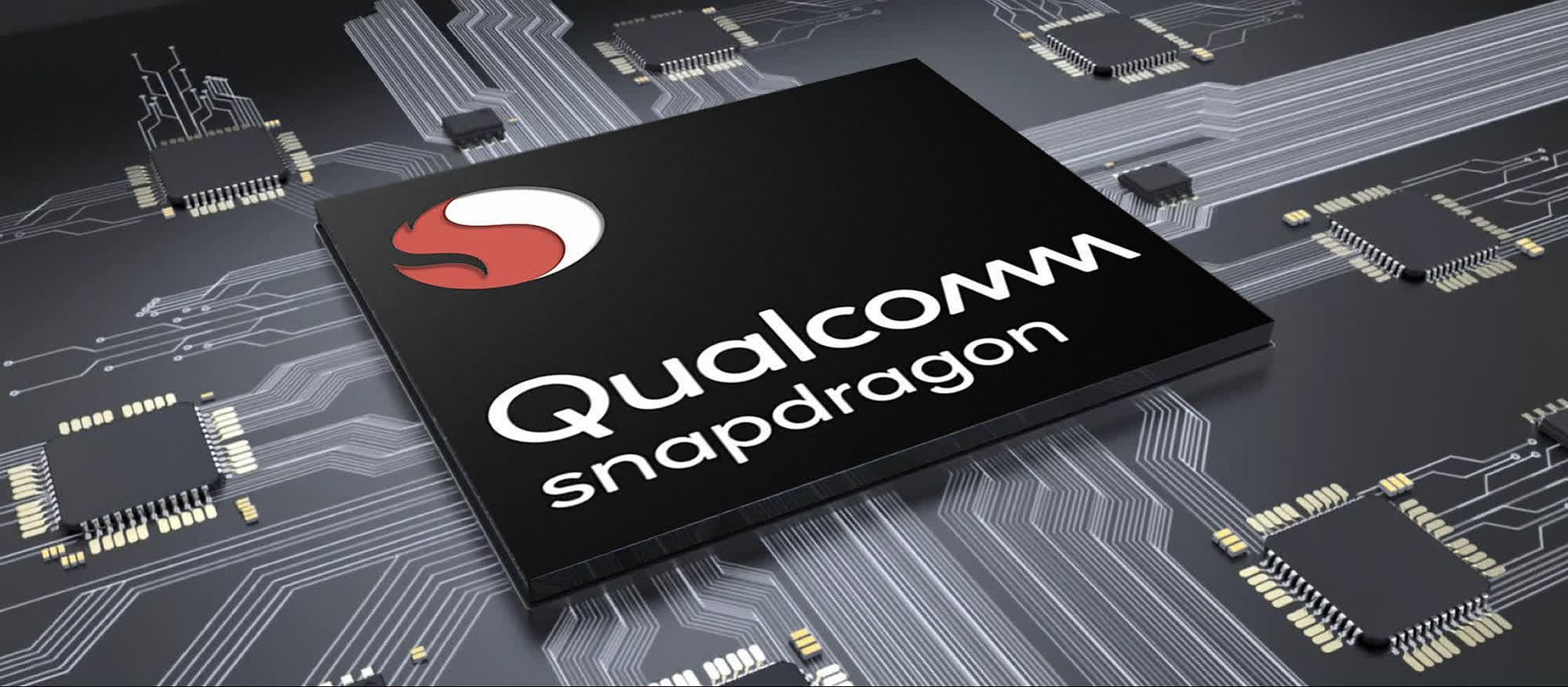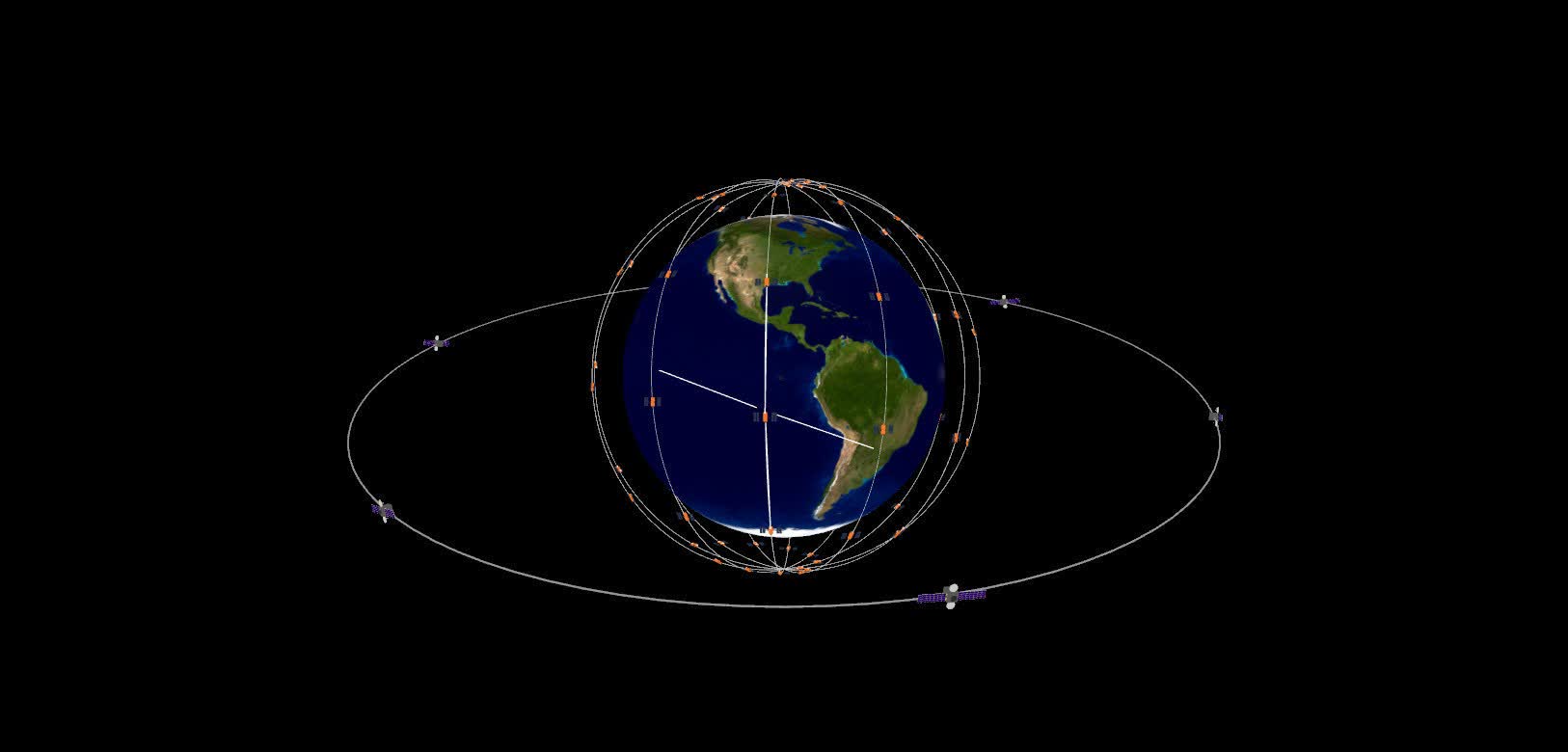Something to look forward to: When Apple unveiled the iPhone 14 last fall, its signature feature was a satellite-based communication service for emergency calls beyond the reach of wireless networks. At CES this week, Qualcomm announced plans to bring similar functionality to future Android phones.

Premium Android smartphones based on Qualcomm's Snapdragon 8 Gen 2 Mobile Platform will gain access to a satellite-based two-way messaging system in certain regions starting in the second half of this year. The company made the announcement this week at CES 2023.
Qualcomm's Snapdragon Satellite is a response to the Emergency SOS system Apple launched last year for the iPhone 14. Through a network of satellites and ground relay stations Apple helped fund, iPhone 14 users traveling outside traditional wireless network range can transmit their locations if they become lost.
The system works by directing users to point their phones toward a satellite which will then relay to a ground station and the appropriate emergency services. Emergency SOS is paid, but newly purchased iPhones include a free two-year subscription. It isn't clear whether users will need to pay for Snapdragon Satellite. T-Mobile announced a similar feature using Starlink last summer, supporting SMS, MMS, and participating messaging apps.

Snapdragon Satellite will use Snapdragon 5G Modem-RF Systems in concert with the Iridium satellite constellation's weather-resistant L-band spectrum. Apple's system uses the L and S-band, which ITU Radio Regulations designated for mobile satellite communication. The Qualcomm counterpart will support 5G Non-Terrestrial Networks as they become available.
In addition to emergency services, Qualcomm intends to use Snapdragon Satellite for SMS texting and other recreational and professional applications, allowing OEMs and third-party developers to build software leveraging it. The two-way communication system will eventually come to devices other than smartphones, like tablets, laptops, vehicles, and IoT devices.
Qualcomm revealed Snapdragon 8 Gen 2 last November as a new chip platform to power the latest flagship Android phones. The SoC's 4nm-based Kryo CPU features a 3.2GHz core, four 2.8GHz cores, and three 2.0GHz cores. The Adreno GPU supports Vulkan 1.3, OpenGL ES 3.2, OpenCL 2.0 FP, Unreal Engine 5, and hardware-accelerated ray tracing.
Currently-available models with Snapdragon 8 Gen 2 include the Xiaomi 13 series, Moto X40, and Vivo X90 Pro+, while more are on the way from Asus, OnePlus, and Sony. Qualcomm hasn't revealed precisely which phones would first receive Snapdragon Satellite.